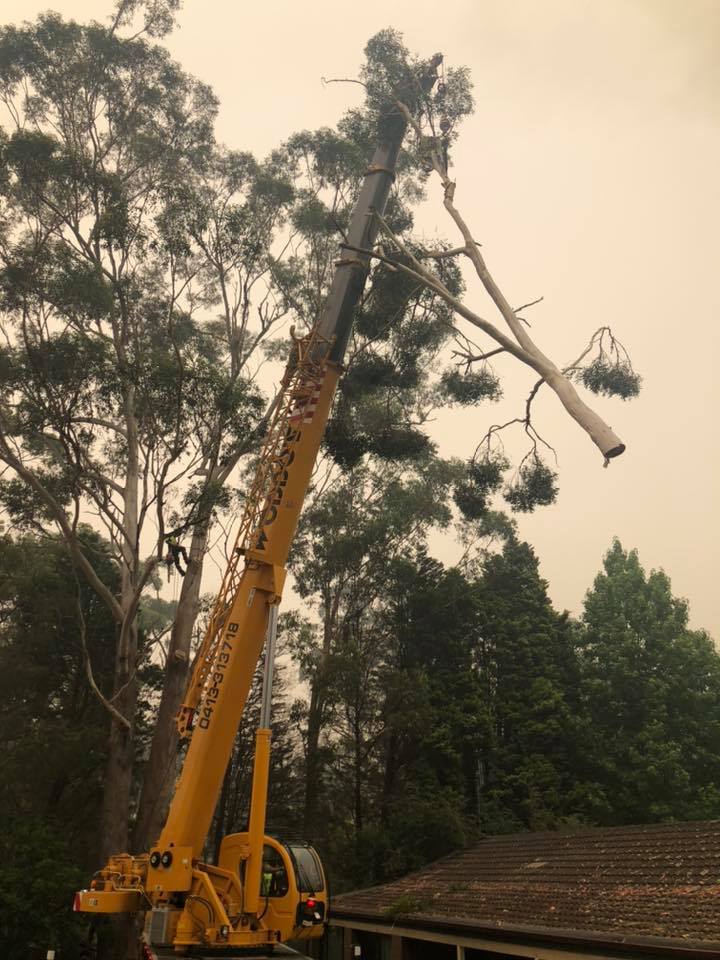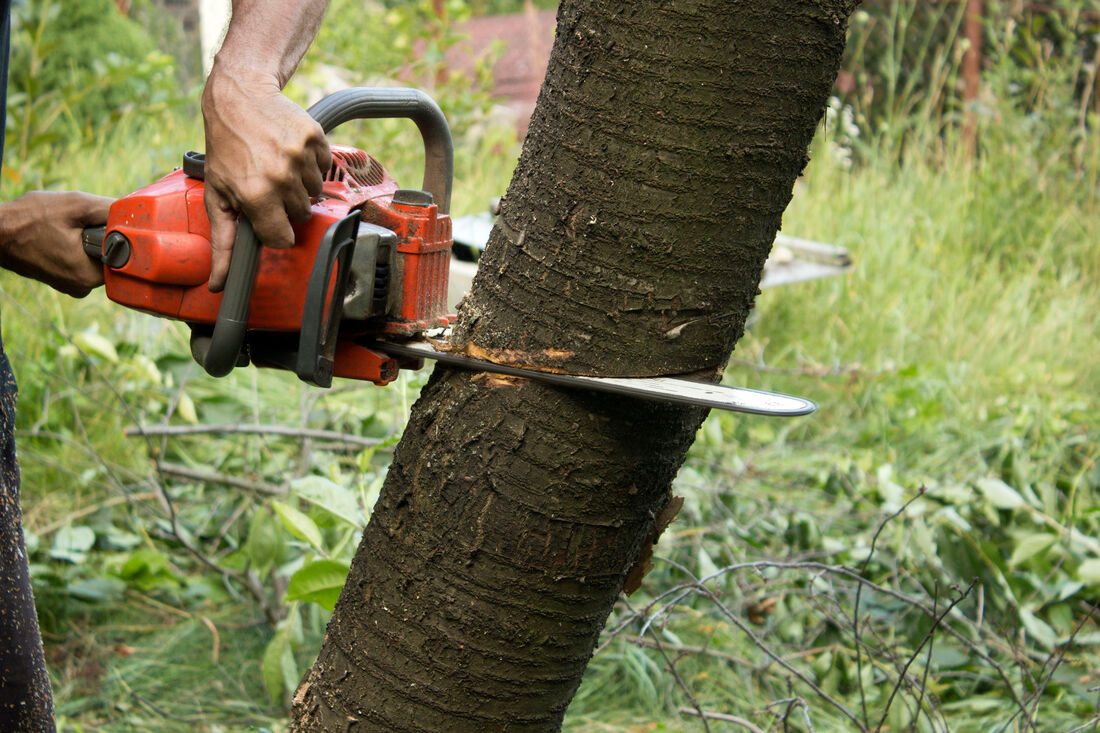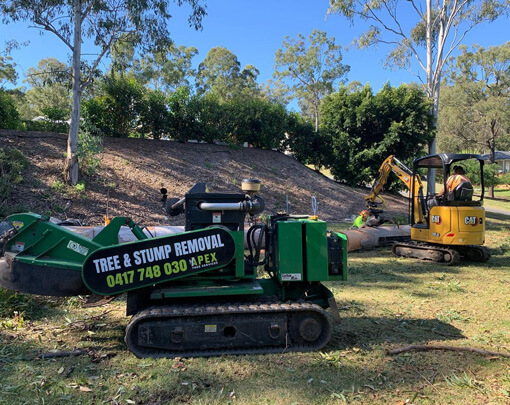All Categories
Featured
The removal of trees can create open areas that are vulnerable to weed intrusion. When trees exist, their dense covers frequently shade the ground, restricting the amount of sunshine that gets to the soil. After the removal of trees, these open areas obtain increased sunlight, offering perfect problems for weed growth.

They may recommend the use of mulch, which acts as a safety barrier on the dirt surface area, avoiding weed seeds from sprouting and reducing weed growth.

The visibility of trees fosters a rich and varied area of soil microorganisms. Tree origins give a source of raw material, exudates, and nutrients that support the growth and task of advantageous soil microorganisms. However, when trees are removed, the absence of their roots can interrupt the delicate equilibrium of the soil's microbial ecological community.
Which Is The Best Wollongong Council Tree Removal Service?
This modification in pH can impact nutrient schedule, microbial activity, and total soil wellness. To resolve the results of tree cutting on dirt pH, tree elimination experts can provide beneficial suggestions. They might suggest dirt screening to examine the current pH levels and figure out the needed adjustments. Based on the results, professionals can suggest pH adjustment techniques, such as including lime to raise dirt pH or integrating important sulfur to reduce it.

It describes the compression of soil fragments, resulting in minimized pore room and enhanced dirt thickness. This compaction can adversely affect the dirt's capability to operate optimally, affecting its water-holding capability, nutrient accessibility, and origin penetration. Correct techniques employed by tree elimination professionals can assist minimize compaction and preserve the dirt's ability to preserve water, and permit for appropriate air movement and cautious equipment handling.
Latest Posts
What Is The Best Palm Tree Removal Wollongong Company?
Should I Hire A Professional Pressure Washing Contractor?
Who Has The Best Arborist Wollongong?